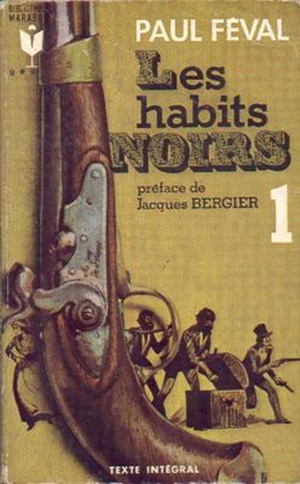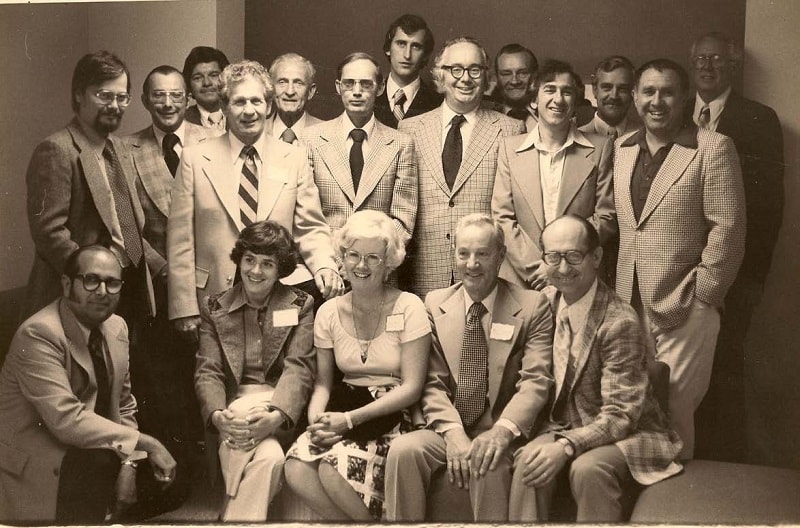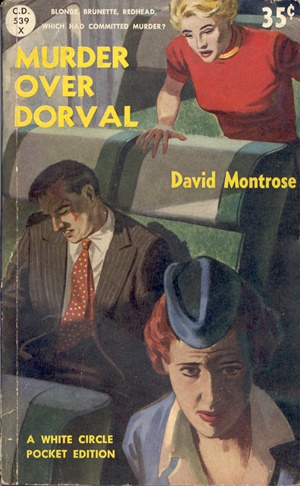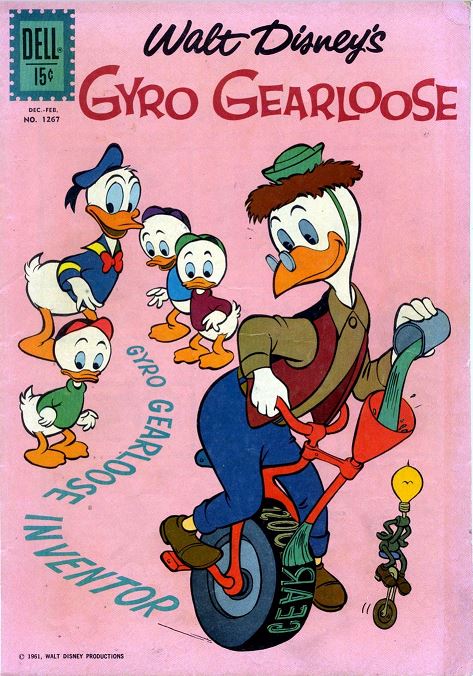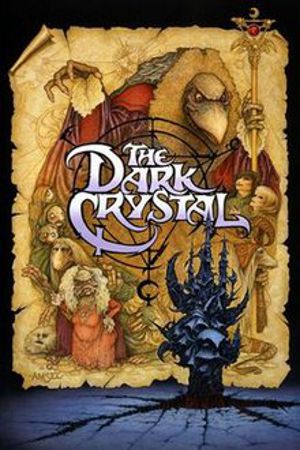Ralph Arnote: In the Middle of Interesting Stories
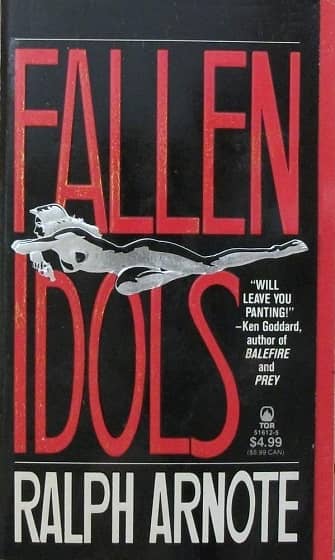 |
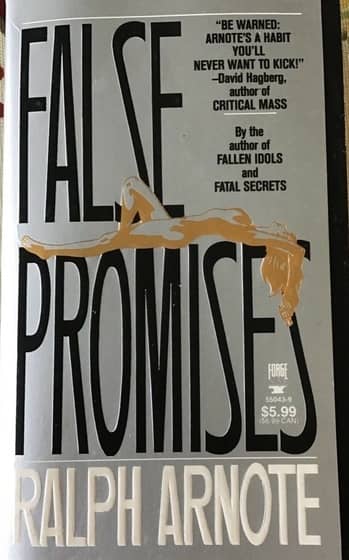 |
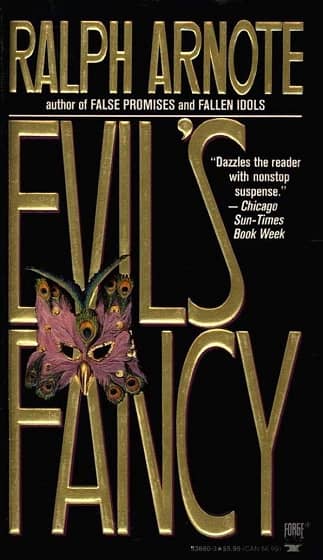 |
Paperback editions of Ralph’s Willy Hanson novels: Fallen Idols (Tor, 1992), False Promises (Forge, 1995), and Evil’s Fancy (Forge, 1996)
Note: Most of this comes straight out of my wee tiny brain. So, dates may be off, but I’m telling these stories as best as my memory allows. I also have a few people from the industry vetting some of my stories.
Ralph Arnote was in the middle of many interesting book and magazine stories. Ralph was manager of sales for Ace (where I worked for him), for Ballantine, and Beagle Books, and, he finished his sales career heading up sales for Tom Doherty and Tor Books.
After retiring, Ralph wrote several novels for Tor. We lost Ralph in 1998 after a heart attack. Harry Hills called and let me know Ralph had passed.
During a brilliant career, Ralph was known and welcome everywhere. He always wanted to build a ship, sail to Singapore, and drink a Singapore Sling at Raffles. I’m certain Ralph had his share of Singapore Slings, but he never got around to building that boat.
One of my favorite stories, Ralph was working for Capital Distribution. Capital was a small magazine and book distributor. Ralph had just lost his book line, so he had a sales force but nothing to sell.
That year, the ABA (American Booksellers Association) met in Washington DC. One afternoon, Ralph was dining al fresco, when an older gentleman asked to share Ralph’s table. This man was Ian Ballantine, founder of many successful publishing companies, one of the people, if not “the” person who brought paperback books into their greatest glory (Several Ian Ballantine stories will appear here at a later date.).
